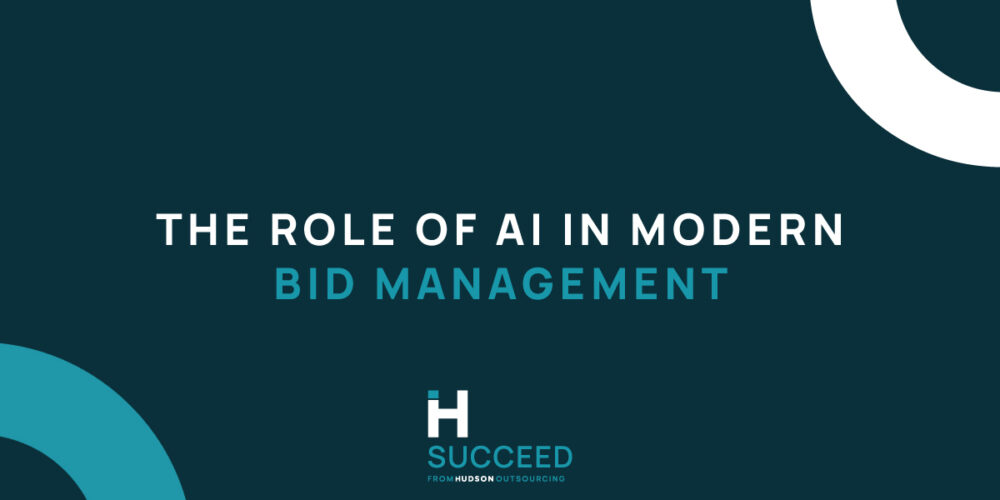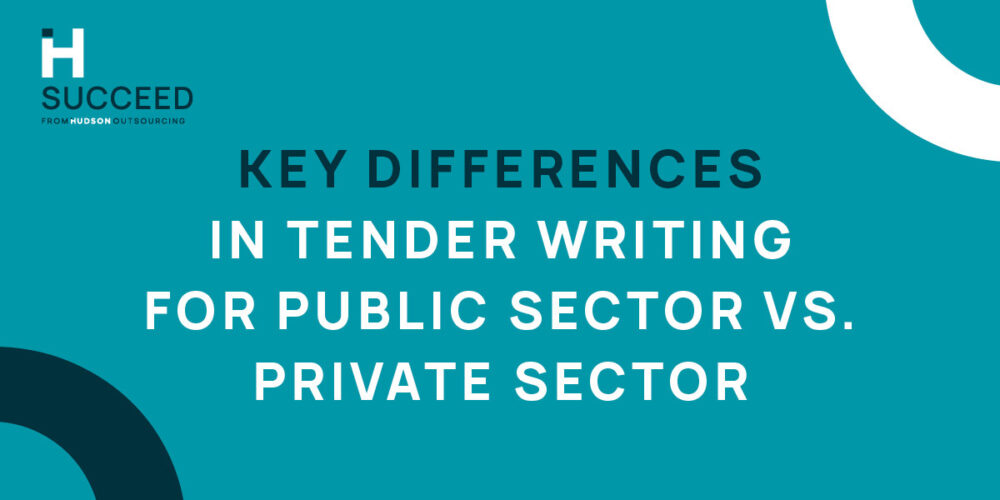How to Effectively Integrate Sustainability into Your Bid Proposals
Sustainability has become a critical factor in securing contracts, as businesses and governments worldwide increasingly prioritise environmental, social, and economic sustainability in their procurement processes. Effectively integrating sustainability into your bid proposals can be the difference between winning and losing a contract. At Hudson Outsourcing, our senior management team has decades of experience successfully embedding sustainability into bid proposals for clients in over 50 countries, each with its unique sustainability goals. Ima Johnstone, our Head of Bid Compliance, shares her top 10 tips for effectively integrating sustainability into your bids.
The Growing Importance of Sustainability in Bids
Sustainability is no longer just a buzzword; it’s a requirement. Many organisations now mandate that suppliers demonstrate their commitment to sustainability as part of the bidding process. This shift reflects a broader global trend toward sustainable business practices, driven by increasing awareness of climate change, resource depletion, and social equity.
When bidding internationally, the challenge of integrating sustainability into your proposals becomes even more complex. Different countries have varied sustainability goals, cultural attitudes, and regulatory requirements. Navigating these differences requires a deep understanding of local markets and a tailored approach to each bid.
How Culture Influences Sustainability in International Markets
Culture plays a significant role in shaping how sustainability is perceived and prioritized in different markets. For example, Scandinavian countries often emphasize environmental sustainability, with a focus on reducing carbon footprints and promoting renewable energy. In contrast, some developing countries may prioritise social sustainability, such as improving labor conditions and supporting local communities.
Understanding these cultural nuances is essential for crafting a bid that resonates with evaluators. It’s not enough to simply state your sustainability credentials; you must demonstrate how your approach aligns with the specific sustainability goals and cultural values of the client.
Ima Johnstone’s Top 10 Tips for Integrating Sustainability into Bid Proposals
Ima Johnstone, Head of Bid Compliance at Hudson Outsourcing, offers her expert advice on how to effectively incorporate sustainability into your bid proposals:
Understand the Client’s Sustainability Goals
-
- Tip: Begin by thoroughly reviewing the client’s sustainability goals and priorities. This information is often found in the tender documents, sustainability policies, or corporate social responsibility (CSR) reports.
- Why It Matters: Aligning your proposal with the client’s specific sustainability objectives demonstrates that you understand their needs and are committed to supporting their goals.
Tailor Your Sustainability Approach
-
- Tip: Customize your sustainability approach to fit the local market and cultural context. Highlight aspects of your sustainability strategy that align with local values and regulations.
- Why It Matters: A tailored approach increases the relevance and impact of your proposal, making it more appealing to international clients.
Incorporate Measurable Outcomes
-
- Tip: Include specific, measurable outcomes related to sustainability, such as reducing carbon emissions, minimizing waste, or improving energy efficiency.
- Why It Matters: Quantifiable outcomes provide tangible evidence of your commitment to sustainability and make it easier for evaluators to assess the impact of your proposal.
Highlight Relevant Certifications and Accreditations
-
- Tip: Showcase any relevant sustainability certifications, accreditations, or memberships, such as ISO 14001 (Environmental Management) or LEED certification.
- Why It Matters: These credentials add credibility to your proposal and demonstrate that your organization meets recognized sustainability standards.
Demonstrate Past Successes
-
-
- Tip: Provide case studies or examples of previous projects where you successfully implemented sustainable practices. Highlight the positive impact these projects had on the environment, society, or economy.
- Why It Matters: Demonstrating past successes reinforces your capability to deliver on your sustainability promises.
Engage Local Partners
-
- Tip: If possible, collaborate with local partners who have a strong track record in sustainability. This could include suppliers, NGOs, or community organizations.
- Why It Matters: Local partnerships can enhance your proposal’s credibility and demonstrate a commitment to supporting the local economy and environment.
Address the Entire Supply Chain
-
- Tip: Consider the sustainability of your entire supply chain, from raw materials to production to delivery. Outline how you will ensure that all suppliers and subcontractors adhere to sustainable practices.
- Why It Matters: A sustainable supply chain is crucial for delivering on your sustainability commitments and reducing the overall environmental impact of the project.
Focus on Long-Term Sustainability
-
- Tip: Emphasize the long-term sustainability of your solution, including how it will continue to deliver benefits after the project’s completion.
- Why It Matters: Clients are increasingly looking for solutions that provide lasting value and contribute to their long-term sustainability goals.
Be Transparent and Honest
-
- Tip: Be transparent about the challenges and limitations you may face in achieving certain sustainability goals. Offer realistic solutions and timelines.
- Why It Matters: Transparency builds trust with the client and shows that you are committed to overcoming challenges in a responsible and realistic manner.
Review and Revise Regularly
-
- Tip: Regularly review and update your sustainability strategy to ensure it remains aligned with the latest industry standards and client expectations.
- Why It Matters: Staying up-to-date with evolving sustainability trends ensures that your proposals remain competitive and relevant.
Key Considerations in the Specification of Requirements
When reviewing the specification of requirements in tender documents, it’s important to identify opportunities to link your sustainability content to the client’s needs. Look for sections that address:
- Environmental Impact: Requirements related to reducing waste, energy consumption, or carbon emissions.
- Social Responsibility: Expectations around fair labor practices, community engagement, or diversity and inclusion.
- Economic Sustainability: Criteria focused on cost-effectiveness, local sourcing, or long-term viability.
By carefully analyzing the specification of requirements, you can tailor your sustainability content to address the client’s specific concerns and demonstrate how your proposal meets or exceeds their expectations.
Conclusion
Integrating sustainability into your bid proposals is not just about ticking a box; it’s about demonstrating a genuine commitment to making a positive impact. At Hudson Outsourcing, our senior management team has successfully guided clients through this process for decades, helping them win contracts in over 50 countries with diverse sustainability goals.
By following Ima Johnstone’s top tips and understanding the cultural context of your target market, you can effectively integrate sustainability into your bids and increase your chances of success in today’s competitive procurement landscape.
Find more helpful tips and advice in our blogs. We cover topics including:






